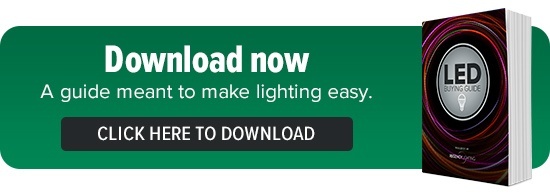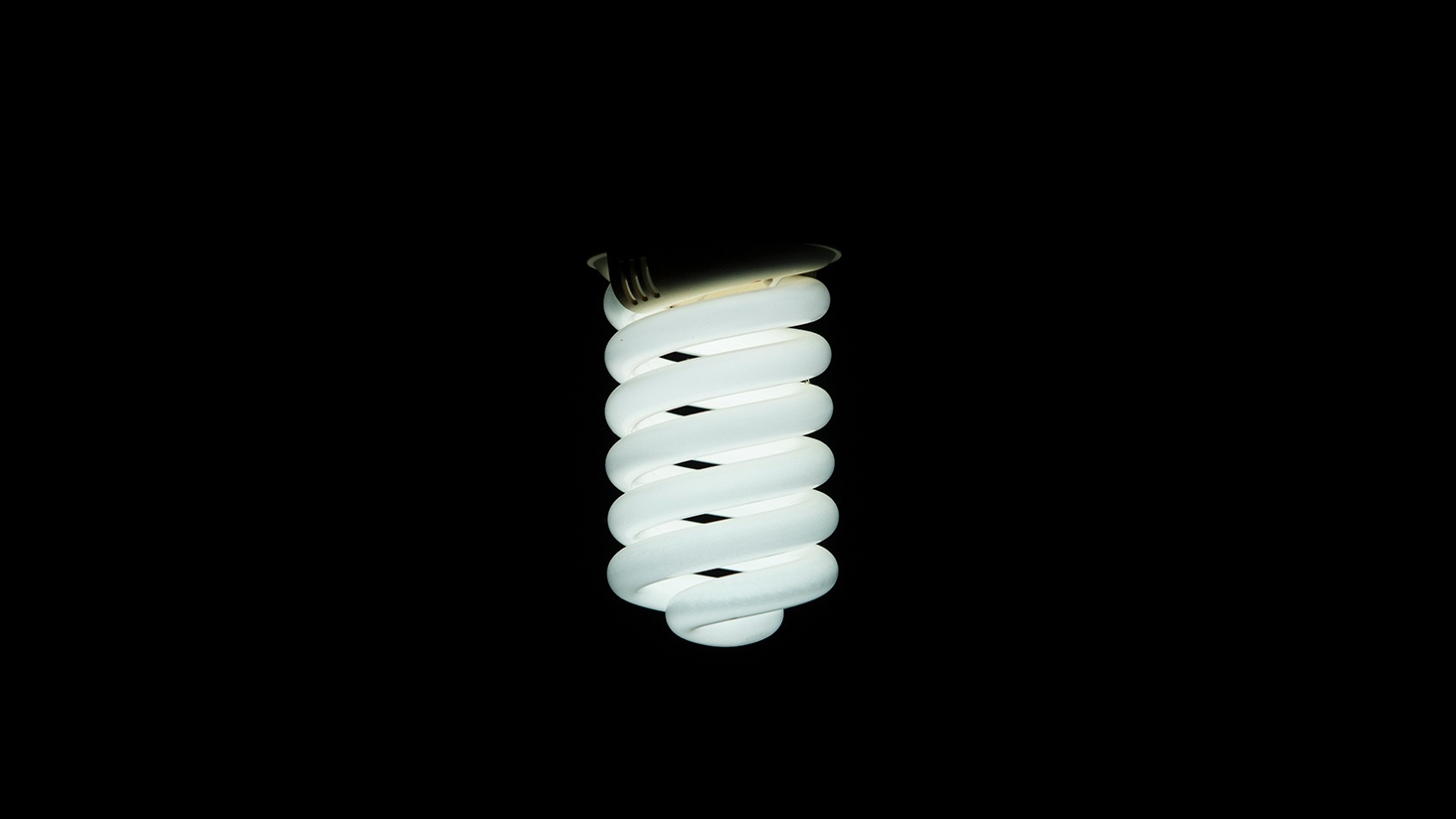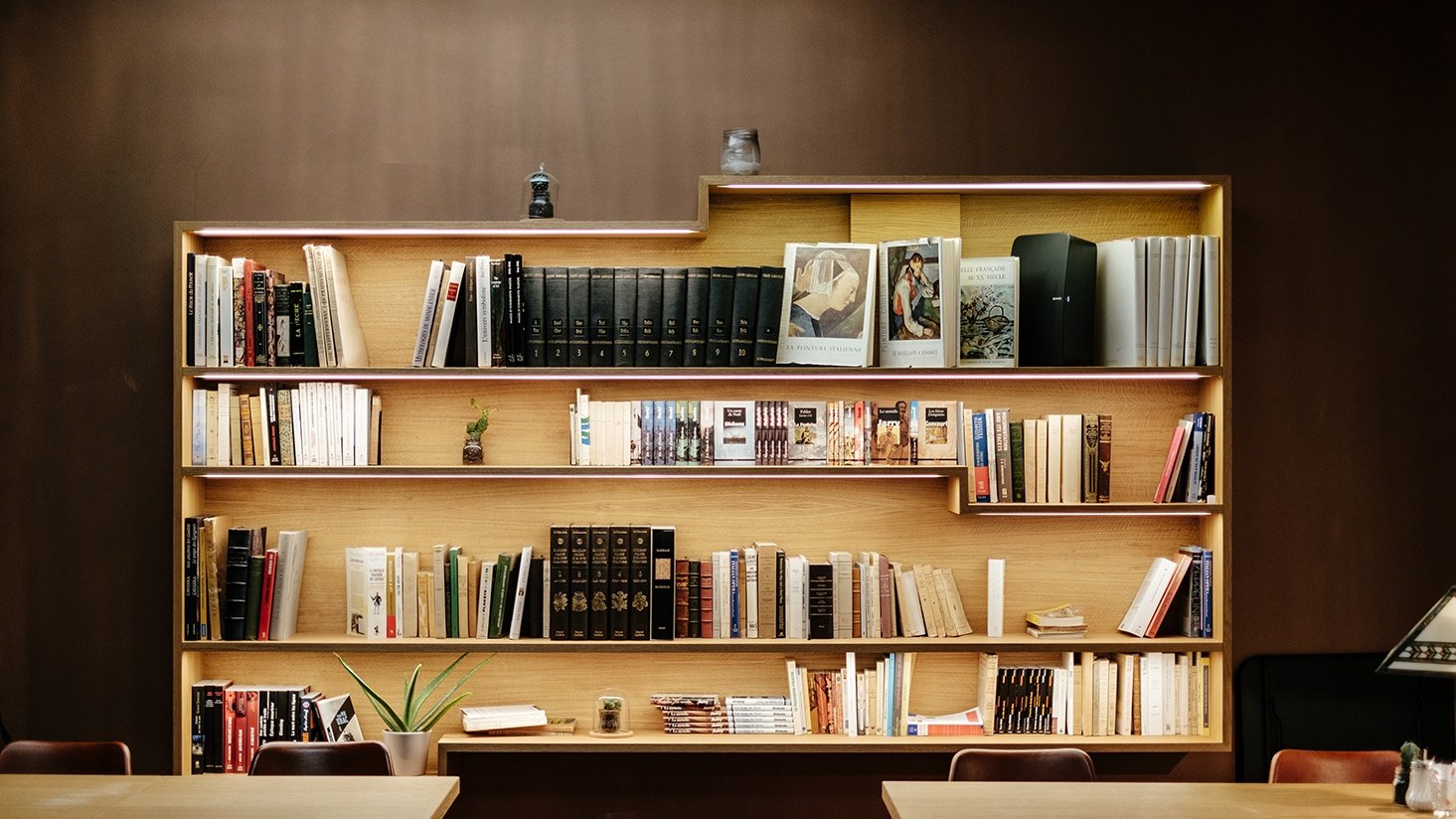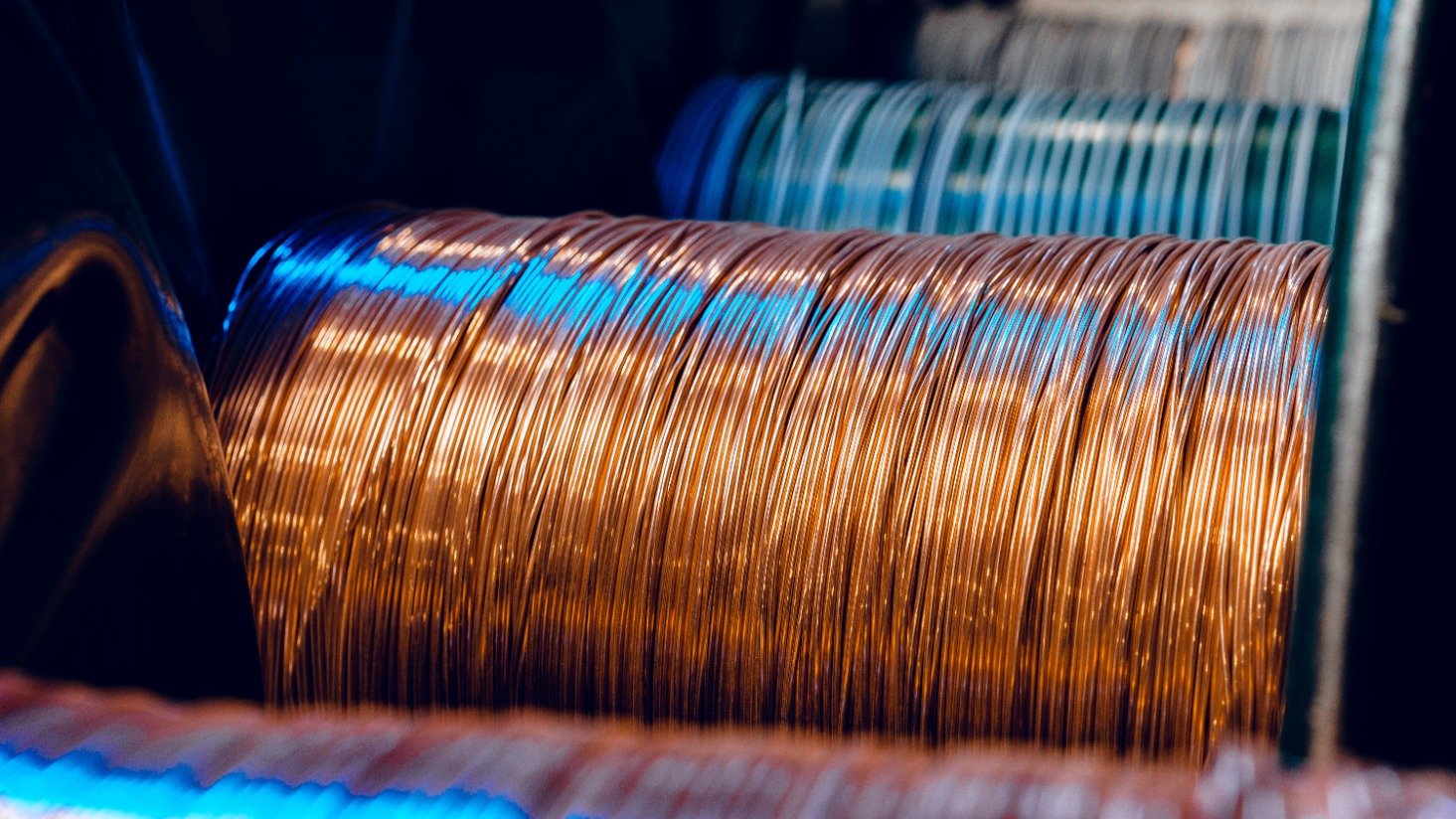How do I choose between LED products?
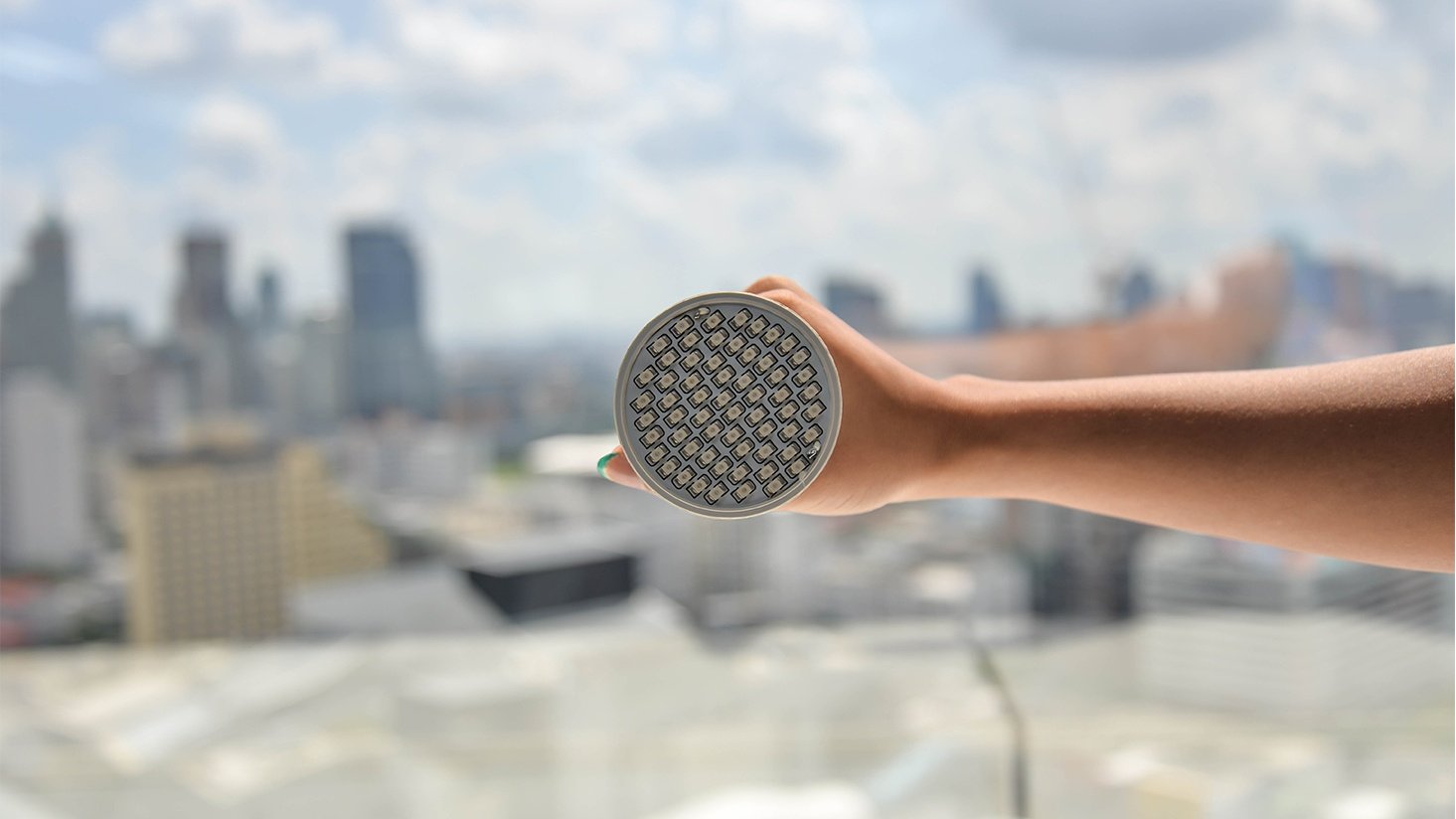
The lighting industry is swimming with LED lighting products that make claims of longer life, better color and huge energy savings. So, how do you tell which ones are legitimate and which ones to disregard?
The U.S. Department of Energy (DOE) created a verification program and standard label called Lighting Facts (similar to a nutrition facts label for food) to help make LED lighting decisions a little bit easier. Let’s take a look at how this label can help you sift through the mess.
What is the lighting facts label?
There are a few standard specs that should be on every LED lighting product. The Lighting Facts label is set up to make these specs clear, easy to read, and easy to compare across different manufacturers. Some of the information is still filled with lighting jargon, but we will break it down so you know which pieces are most important for you. If you see this label on a product, you can at least rest assured that it has been carefully evaluated.
What does the label tell me?
One thing that the lighting industry is great at is stuffing a ton of technical jargon into a product description so you can’t really tell what you are getting. Here are the most important pieces to consider if you are comparing two products.

- Light Output (A): The higher the number, the brighter the product will be. Clark Howard did a great comparison on how many “lumens” you should look for based on the old product’s wattage that may help. Let’s say you are replacing a 60W incandescent. An LED replacement should have a light output in the range of 800 lumens.
- Light Color (B): Your second priority should probably be light color. The label has a visual scale to show you how yellow (lower number) or blue (higher number) the light will be. Think warm and cozy with yellow light. Think clean and high-energy with blue light. Keep in mind that the phrase “warm white” can actually mean a color range, so it’s best to look at the actual number on the package.
- Color Accuracy (C): Have you ever plugged in an LED bulb and everything looked the same drab tone of green or gray? Color accuracy is a gauge of how good colors will look under the light. In general, the closer to 100 the better, but there is no substitute for actually plugging in the light bulb to see what you think.
- Watts (D): The last piece that you should consider is the energy usage, or wattage, of the product. Just keep in mind that some manufacturers will play with the light color or quality to gain an edge on efficiency. In general, it isn’t worth compromising in those areas just to squeeze a little more savings out. You will be happiest with your LED light bulbs if you consider this piece last.
As you can imagine, manufacturers are popping up left and right to stake a claim in the booming LED lighting market. Some of them are willing to cut corners to get there, and the DOE’s Lighting Facts program is designed to help separate the field. You can look up a lighting product on the DOE website to see if the product is registered and see if the specs on the label match their records. This is one more tool to help you gain a little more peace of mind as you take the plunge into more efficient lighting.

As you sift through the mass of lighting products hitting the market, this is one more resource to help make your decisions a little easier. Also keep in mind that there is no substitute to “test-driving” a product in your own space to see how things really look. Lighting is a powerful tool, and we want you to get the most out of it.
To view the LED products we carry, click here.
